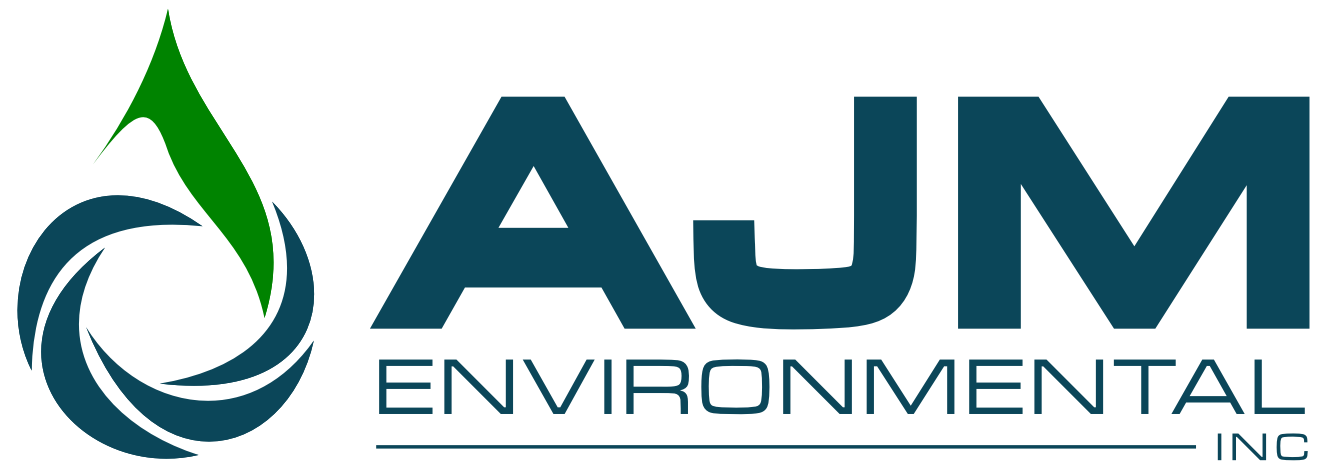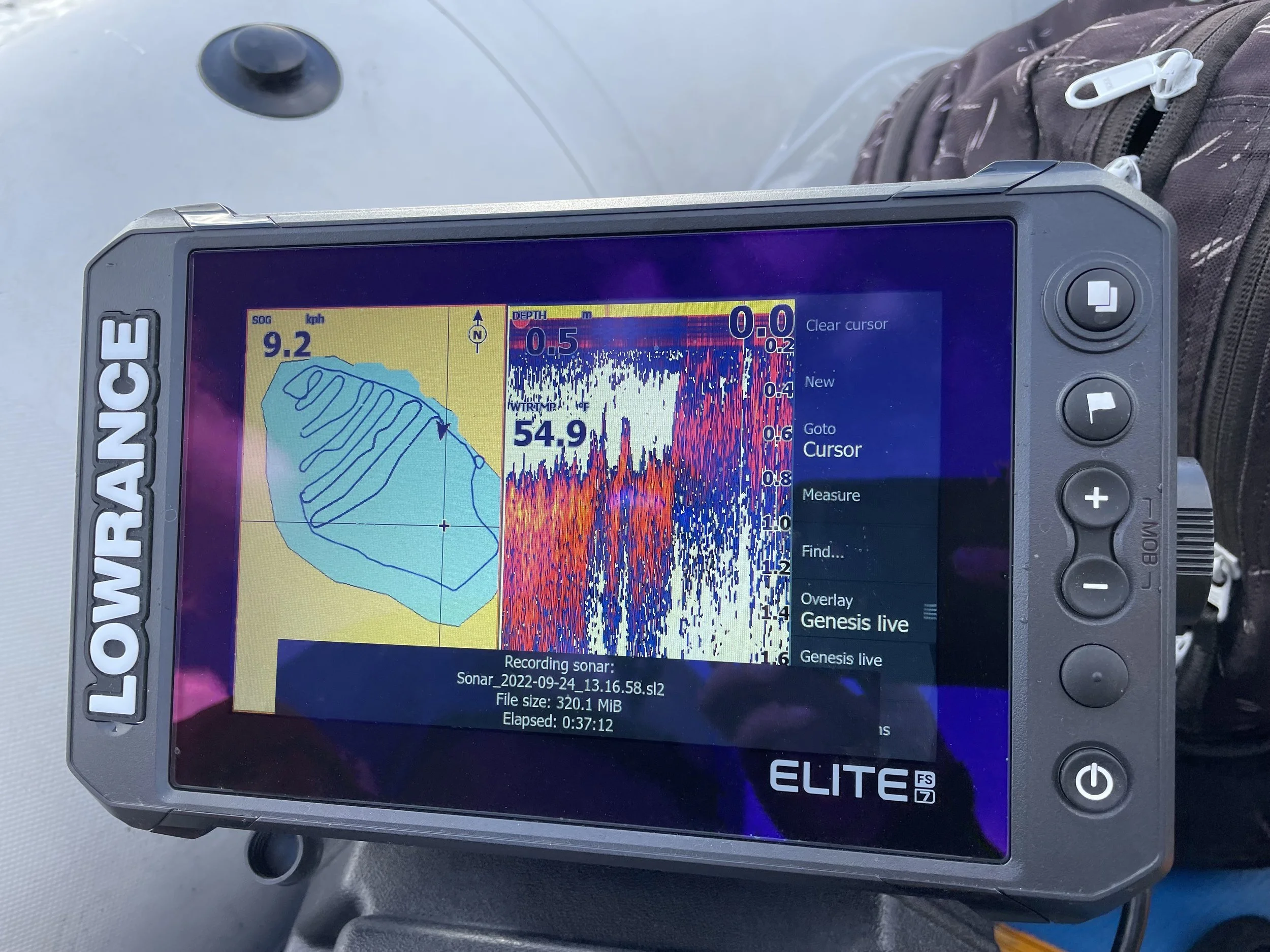Valuing Alberta's Wetlands: Dry Doesn’t Mean Unimportant
For many, it can be difficult to visualize wetlands in grassland ecosystems or crop fields, especially when they appear dry for most of the year. However, wetlands play a critical role in managing floods and droughts by storing and gradually releasing water, filtering out nutrients and contaminants, and providing habitat for diverse species, including migratory birds, amphibians, and over 400 plant species in Alberta alone …
Bathymetry: The Shape of Sound
Have you ever wondered what the bottom of the ocean looks like? Or how deep your favourite lake is? Using the science of bathymetry, we can investigate these mysterious biomes without ever leaving the surface! Bathymetry is the measurement of water depth in river, lake, and ocean ecosystems. It is a fundamental component of hydrography which studies the physical characteristics of a water body.
Who’s Who in That Pool?
As spring sweeps into Alberta, ice thaws, snow melts away, and seasonal rains and flurries fall, all across the province waterbodies fill and wetlands come to life. Many of us will turn our eyes skyward watching flocks of birds wing their way north from their winter refuges, but from under the fallen leaves, rocks, holes …
What the Duck? Why Waterfowl are Essential to Wetlands
Wetlands provide vital habitat for an abundance of aquatic and terrestrial species, including, migratory waterfowl (ducks, geese, and swans).
Many of these important wetland ecosystems can be found nestled within the Prairie Pothole Region (PPR) of Alberta, Saskatchewan, and Manitoba in Canada, as well as North Dakota, South Dakota, Iowa, Minnesota, and Montana in the United States. So it almost doesn’t come as a surprise that the PPR provides suitable habitat for almost 50% of all North American migratory waterfowl populations to feed, breed, and stop-over during migration movements!




